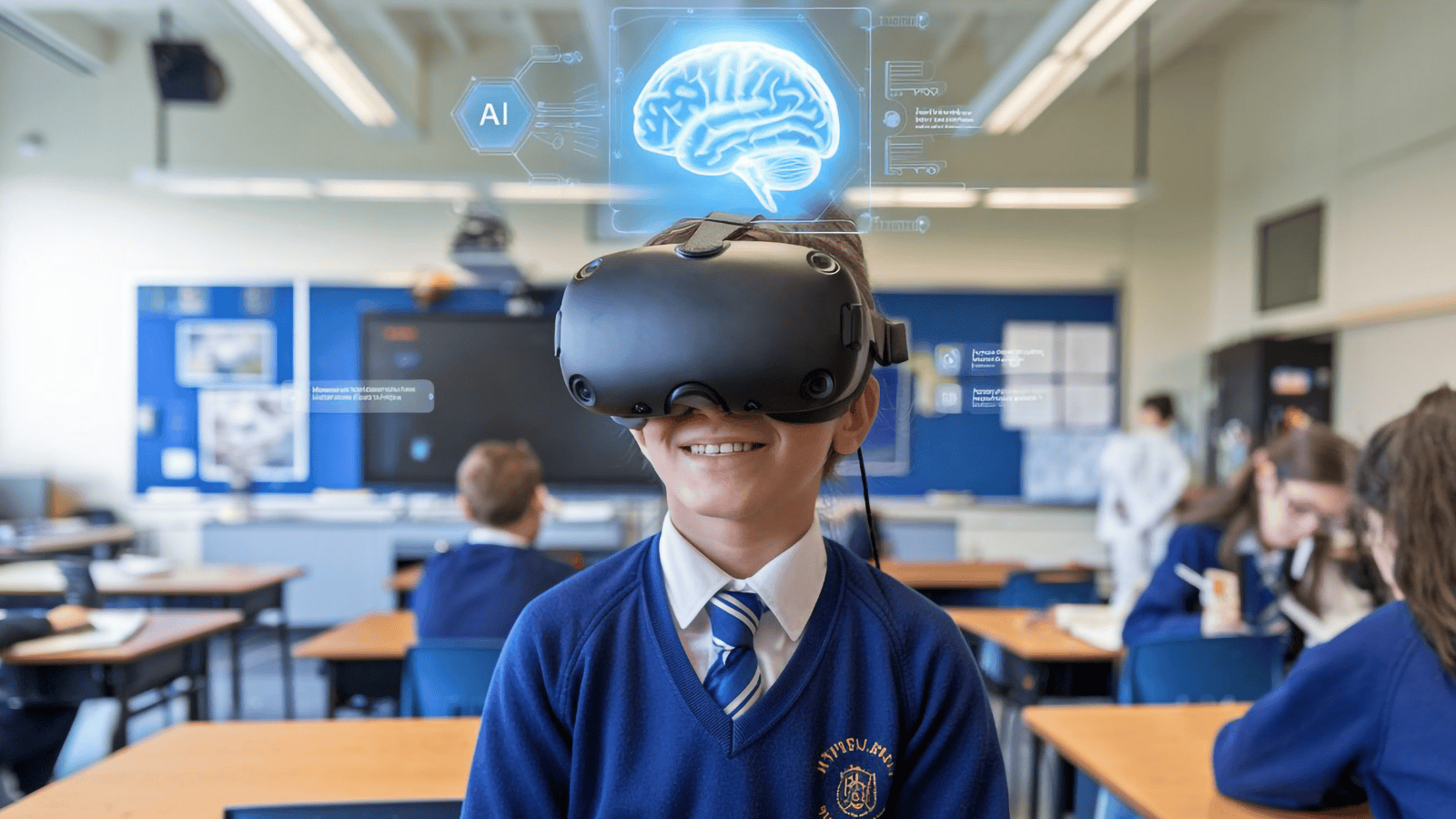AI in education: AI and cyber security
Cybersecurity is a key consideration for schools, given the large amounts of children’s data they hold (which makes them a key target for cyber...

Being at the heart of the transformation of human societies, UNESCO have highlighted the important role that educational institutions play in the future development and use of AI, with students as active co-creators and future leaders who will shape its development and define its relationship with society. With this, educators need to be prepared and equipped to support students on that journey and ensure AI is implemented appropriately.
This article is part of a series of insights from 9ine exploring the impact of Artificial Intelligence (AI) in education. From the opportunities it can bring, to the potential risks and challenges it creates where not implemented appropriately, this series will bring you up to speed and provide practical tips to remain compliant and ethical when using AI in education.
In this article, we explore the basics of Artificial Intelligence (AI), what it is and how educational institutions are currently using it today.
At its core, AI refers to computers or software that are able to reason, learn and resolve problems of varying complexity which historically only humans could. Two key types of AI being used in education are ‘Predictive AI’ and ‘Generative AI’.
‘Predictive AI’ is an umbrella term for AI technologies that can be used to analyse patterns in data (the input) and forecast outcomes (the output). In the context of education, predictive AI could be used to analyse student data (their attendance, grades, behaviour, online activity etc.) in order to predict things about them, like their future performance in education, or the likelihood that they will drop out.
‘Generative AI’ (GenAI) on the other hand, is a term for AI technologies that can create text, code and other types of content from data or inputs. Whilst AI technologies have been in use for a while, the widespread use of GenAI accelerated in November 2022 with the public release of ChatGPT. This type of AI can be used in education to make written tasks and the production of teaching content much quicker and easier.
Schools are already utilising AI in a number of ways that benefit both students and teachers. From automating administrative tasks, to providing personalised learning paths, through to supporting grading efficiency and consistency and forecasting outcomes for students. Some of the key opportunities AI presents to the education system are:
Whilst AI can offer many opportunities to schools, without the correct implementation and oversight, it can also present a number of risks and challenges. From risks to the education system as a whole, to individual risks and harms to students and teachers.
In our next article on the challenges and risks of AI in education we go into further detail about the challenges and risks of AI in education and what educators need to consider when deciding to use AI in education.
9ine equips schools to stay safe, secure and compliant. We give schools access to all the expertise they need to meet their technology, cyber, data privacy, governance, risk & compliance needs - in one simple to use platform. For additional information, please visit www.9ine.com or follow us on LinkedIn @9ine.
.png)
Cybersecurity is a key consideration for schools, given the large amounts of children’s data they hold (which makes them a key target for cyber...
.png)
The EU AI Act’s first provisions came into effect this month, including the requirement for schools to ensure the appropriate level of AI literacy...

The increasing use of AI in schools requires leadership and oversight to ensure that the benefits and opportunities of AI are realised, whilst...